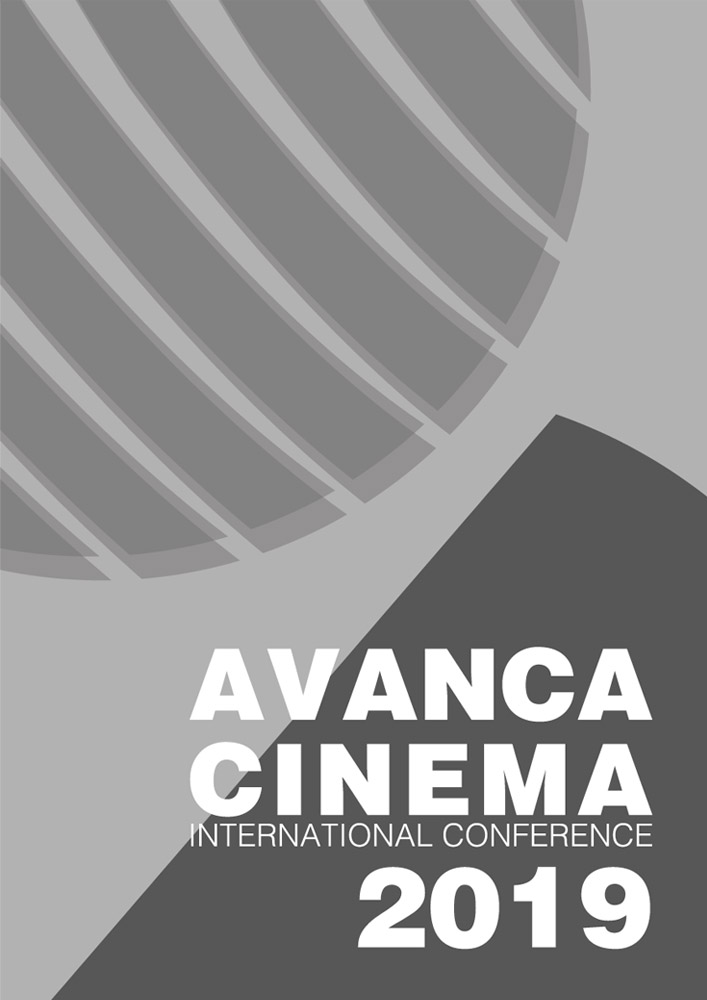Capítulo I _ Cinema – Arte
Show and/or tell: what is the role of historical dance in period cinema? And what memory of the history of dance are we left with?
Resumo
To the often-studied relationship between dance and cinema, kindred arts of the moving body-moving image, I propose to add an original analysis of the relationship between the sub-genres of historical dance (in particular the social and theatrical dances of the seventeenth and eighteenth centuries) and period cinema. To that end, it is not only important to question the extent to which dance is merely illustrative, or serves as a narrative instrument in this type of films, but also how period cinema contributes to the construction of a historical memory of dance.
There are several contexts that justify the introduction of a staged dance on film and they depend on a number of choices on the part of the artistic team. In period cinema these choices are particularly delicate, especially when the “world of the play” is relatively unconcerned with historical accuracy. Based on a selection of films including Valmont (1989), by Milos Forman, Jefferson in Paris (1995), by James Ivory, Le Roi danse (1999), by Gérard Corbiau, Marie Antoinette (2006), by Sofia Coppola, and Alan Rickman’s A Little Chaos (2014), I analyse the criteria for the introduction of dance scenes, and reflect not only on their aesthetic and metaphorical effects, but also on their power of transmission, as well as of (de)construction, of a stereotype of historical dance.

Este trabalho encontra-se publicado com a Licença Internacional Creative Commons Atribuição 4.0.

